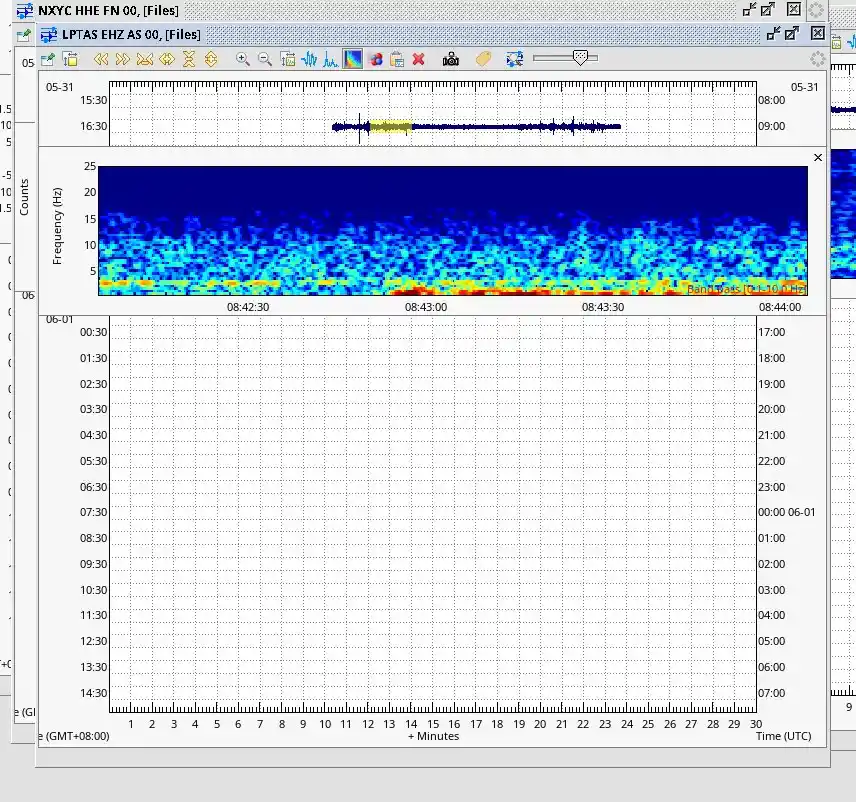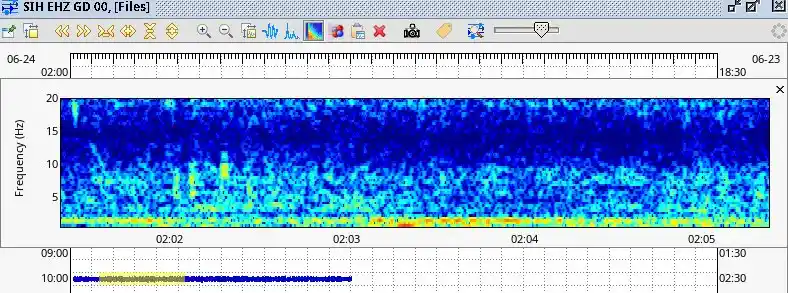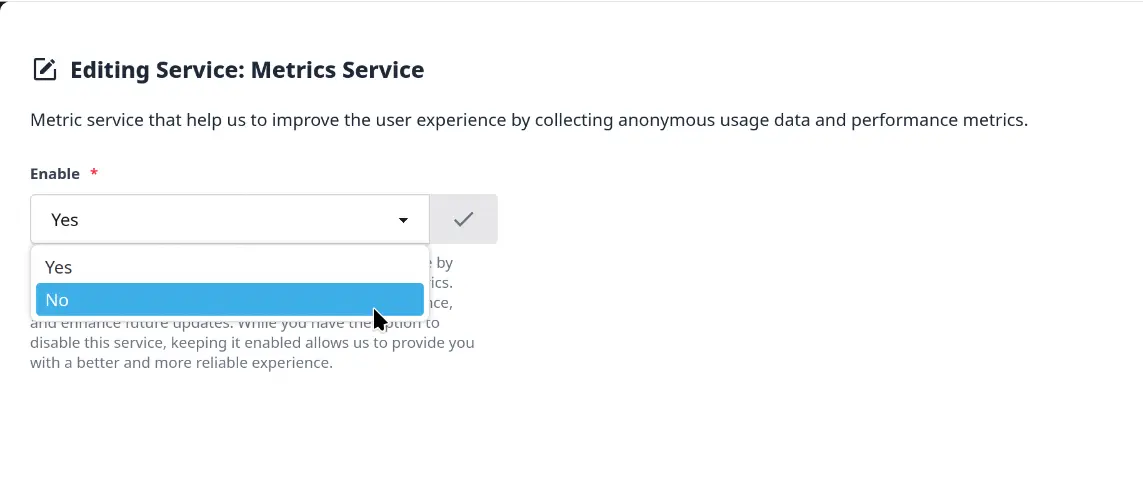Frequently Asked Questions (FAQ)
Is AnyShake Project suitable for scientific research?
Yes. The system has been successfully used in academic settings, seismic education, and structural monitoring. It is especially valuable for projects that require:
- High-resolution ground motion data
- Open access to algorithms and firmware
- Portable or field-deployable instrumentation
We welcome community contributions and academic collaborations.
Is AnyShake a clone of Raspberry Shake or similar products?
No. AnyShake Project is absolutely not a clone of Raspberry Shake or any other commercial seismograph. While both products share similar goals — making seismic monitoring more accessible — AnyShake is an original, fully open-source project developed from scratch, both in hardware and software.
Key differences include:
- Open-source hardware: All schematics and PCB layouts are available for anyone to review, modify, or reproduce.
- Independent firmware and DSP pipeline: Our signal acquisition, filtering, and compensation algorithms are custom designed and not derived from proprietary implementations.
- Custom software platform: AnyShake Observer is a native, cross-platform application designed specifically for this hardware — not based on CAPS, OSOP Wave Server, heli_ewII or other legacy tools.
While we acknowledge the success of Raspberry Shake in popularizing personal seismographs, AnyShake Project is an independent effort, aimed at pushing the limits of openness, accuracy, and customization for developers, researchers, and educators.
Is AnyShake Project suitable for commercial use?
Yes, but please contact us before using the device in a commercial setting. AnyShake Project is designed with flexibility in mind, but commercial applications (e.g., in industrial monitoring, engineering consultancy, or product integration) may require:
- Licensing clarification
- Customization or hardware adaptation
- Volume procurement and support agreements
- Regulatory compliance advice
Please email us at [email protected] to discuss your commercial use case.
Can I detect distant earthquakes (teleseismic events) with AnyShake?
Yes. With proper installation in a low-noise environment and solid mechanical coupling, AnyShake Explorer is capable of detecting teleseismic events, particularly those with a magnitude of 6.0 or higher. The device features high-quality analog geophones with excellent signal-to-noise ratio and employs low-frequency compensation algorithms to extend the usable frequency range, significantly improving sensitivity to long-period seismic waves.
The following example shows a magnitude 6.0 earthquake that occurred off the coast of Kushiro, Hokkaido, Japan on May 31, 2025, recorded by an AnyShake Explorer E-C111G unit located approximately 2,500 km away.

Our earlier-generation model, the E-D001, also performs remarkably well in detecting teleseismic events, despite being a simpler design. It uses a firmware-level low-frequency compensation algorithm to enhance low-frequency sensitivity.
The figure below shows a magnitude 6.2 earthquake that struck the Philippines on June 24, 2025, recorded by an AnyShake Explorer E-D001 unit from a distance of approximately 2,500 km.

Is my data shared to the internet?
AnyShake Observer does not upload waveform data by default. Your seismic recordings, including raw waveforms and processed signals, are stored and processed locally, and are not transmitted to the internet unless you explicitly choose to share them.
However, for diagnostic and maintenance purposes, telemetry data are periodically sent to our servers, such as:
- System health status (e.g., uptime, data link status)
- Device serial number
- Platform information
- Software version
These data helps us monitor system stability, detect bugs, and plan future updates.
You can permanently turn off telemetry at any time by disabling "Metrics Service" in AnyShake Observer web interface.

What about contributing to a global seismic network?
At present, AnyShake does not maintain its own centralized seismic network. Our current focus is on helping users connect their devices to existing seismic infrastructure, such as:
- Institutional SeisComP networks
- Custom data servers
- Educational monitoring systems
In the future, we plan to introduce an open, decentralized seismic network — opt-in only — where users can contribute data under their own terms using peer-to-peer protocols or trusted hubs.
We believe in empowering users to choose whether and how they contribute to the global understanding of seismic activity — without compromising privacy or autonomy.
Can I build my own from scratch?
Yes! AnyShake Project is fully open-source and reproducible. You can build your own version using:
- Hardware PCB design files
- Firmware source code
- Software source code
- Example projects and instructions
Many community users have successfully replicated the project.
Unfortunately, we are unable to offer technical support for DIY users independently at this time. Please refer to our technical support policy for more information.
I'm on a tight budget — is there a way to quickly evaluate this project?
Yes. If you're working with a limited budget but would like to explore what AnyShake offers, we recommend trying out our earlier-generation model: E-D001.

E-D001 is a simpler and more affordable version of AnyShake Explorer. It can reach a instrument period of ~1.25 seconds (~0.8 Hz) and retains around 40% of the signal quality and functionality of the Explorer model, while being:
- Extremely low cost: less than $40 for the core board (PCB manufacturing costs included)
- Much easier to build: perfect for geeks and hobbyists
- Fewer components, simpler circuitry
- Large solder pads and minimal soldering points
- Compact PCB size and single-layer design
- More tolerant to hand-assembly mistakes
- Requires only basic tools (no hot air or reflow oven)
We provide open-source documentation, schematics, PCB layouts and firmware for E-D001 as well. Many users have successfully built this model as an entry point into the world of seismic sensing.
Check out E-D001 for more details.
E-D001 is ideal for learning, prototyping, or classroom demonstrations, but may not meet the sensitivity, timing, or frequency response requirements of more advanced applications.
How do I report bugs?
For general issues, please file them in the appropriate GitHub repository according to the module involved. For example:
- If you discover a crash while using AnyShake Explorer, open an issue at GitHub > explorer > Issues
- If you experience problems using the AnyShake Nexus plugin with SeisComP, open an issue at GitHub > nexus > Issues
For serious issues such as security vulnerabilities, please do not publish them publicly. Instead, email us directly at [email protected] to avoid potential exploitation or malicious attacks before a fix can be issued.
Can I get involved or contribute?
Absolutely! We welcome contributions across the board:
- Software development (features, fixes, visualization, etc.)
- Firmware improvements (signal processing, filtering)
- Hardware enhancements or adaptations
- Documentation (translation, correction, expansion)
Please email us at [email protected] to discuss your interest in contributing.